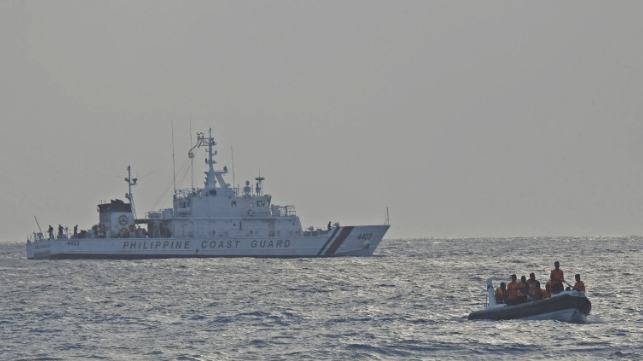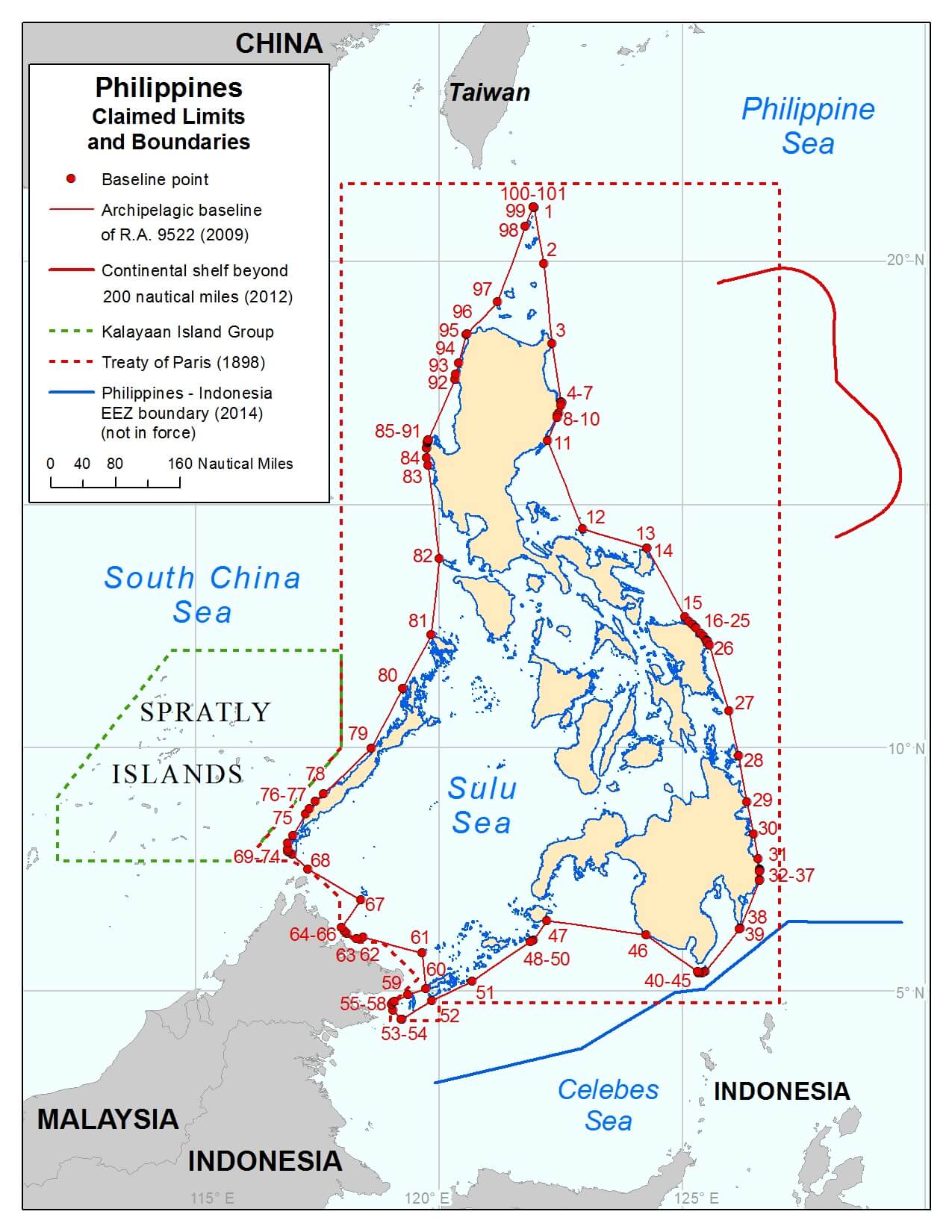New Philippine Bill Would Restrict Vessel Movements Within Archipelago

Philippine Congressman Rufus Rodriguez has proposed a bill to curb maritime encroachment by foreign vessels in the nation’s waters. The bill seeks to create designated sea-lanes for foreign ships while transiting the Philippines’ archipelagic waters, the region surrounded by the Philippines’ main home islands. The bill also covers similar encroachment to the nation’s airspace, prescribing a jail term of six months to two years, or a fine of $1.2 million for captains and pilots found to violate the law.
The proposed bill seeks to set specific coordinates designating the sea-lanes and air routes for sailing and flight of foreign ships and aircraft within the boundary. Further, the bill states that vessels and planes should not deviate more than 25 nautical miles from the designated passage routes. Any form of research activity is also prohibited unless approved by the Philippine government.
In the previous session of congress, the bill passed but failed to get senate backing. Rodriguez hopes it will sail through in this round of voting.
According to Article 53 of UNCLOS, an archipelagic state may designate “sea-lanes and air routes suitable for the continuous and expeditious passage of foreign ships and aircraft through or over its archipelagic waters and the adjacent territorial sea.” To date, only Indonesia has taken advantage of this obscure provision of the treaty, which is solely applicable to island nations.


that matters most
Get the latest maritime news delivered to your inbox daily.
UNCLOS gives the Philippines the right to designate sea lanes within the archipelagic baseline, the area contained by solid red lines above (Illustration courtesy of the U.S. Department of State)
The bill would strengthen the Philippines’ hand in controlling the movements of vessels in waters close to home, and would send a message about its intent to exercise maritime sovereignty elsewhere. The area of most frequent friction with foreign (Chinese) vessels is in the Spratly Islands, located far to the west of the province of Palawan – within the Philippine EEZ, but far outside of the nation’s archipelagic waters.
